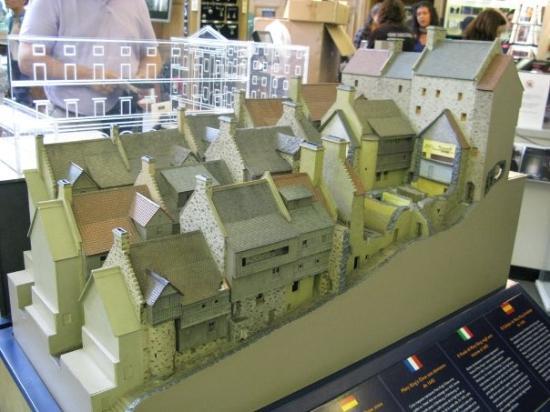You definitely can have a blast enjoying the fabulous upscale and high fashion shopping in the “New Town” section of Edinburgh where all the department stores and expensive boutiques are located.
We stopped by The Celtic Craft Center where the owner of the tiny shop spent quite some time talking with Jim about kilts and showed us how the pleats were made and even looked up Jim’s obscure ancestral tartan pattern for us. It can be quite expensive to order a full kilt outfit (I never knew there were so many elements!) so Jim and I took a flyer with his contact information with a view to ordering some time later.
Shopping is definitely part of the Scottish experience so be sure to build in time for that age-old pastime, souvenir hunting!




















































































































































































































































































 RSS Feed
RSS Feed